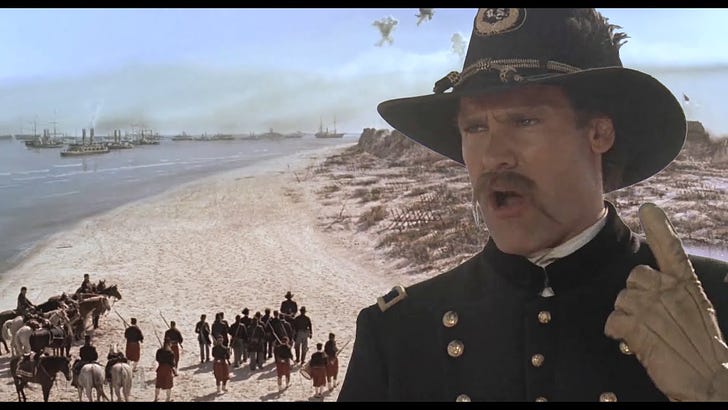Note to the Reader: Most of my posts about Robert Gould Shaw include material from my current book project about Shaw, which is why I tend to place most of these posts behind a paywall. Your paid subscription helps to support my writing and offset various research expenses. Thank you very much.
I don’t make it a point to second-guess the decisions made by military leaders during the Civil War. It’s challenging enough to try to understand why certain decisions were made at all. The question of why Confederate General Robert E. Lee ordered the July 3, 1863 assault at Gettysburg will never be as interesting to me as why he ordered what became known as “Pickett’s Charge.”
Done thoughtfully and with care, however, the process can help to clarify the context in which a decision was made. In some cases it can help shed light on a decision that has long been left unquestioned. The exercise is also a reminder of the contingency of the past.
Such is the case with Colonel Robert Gould Shaw’s decision to volunteer his regiment to lead the assault on Fort Wagner on July 18, 1863. The assault ultimately failed, cost Shaw his life, and left roughly 40% of the regiment dead, wounded or captured.
Few historians or writers have questioned this decision. Many of us still take our cues from the movie GLORY.
Before evaluating Shaw’s decision, let’s review the days leading up to the regiment’s arrival on Morris Island on July 18.



